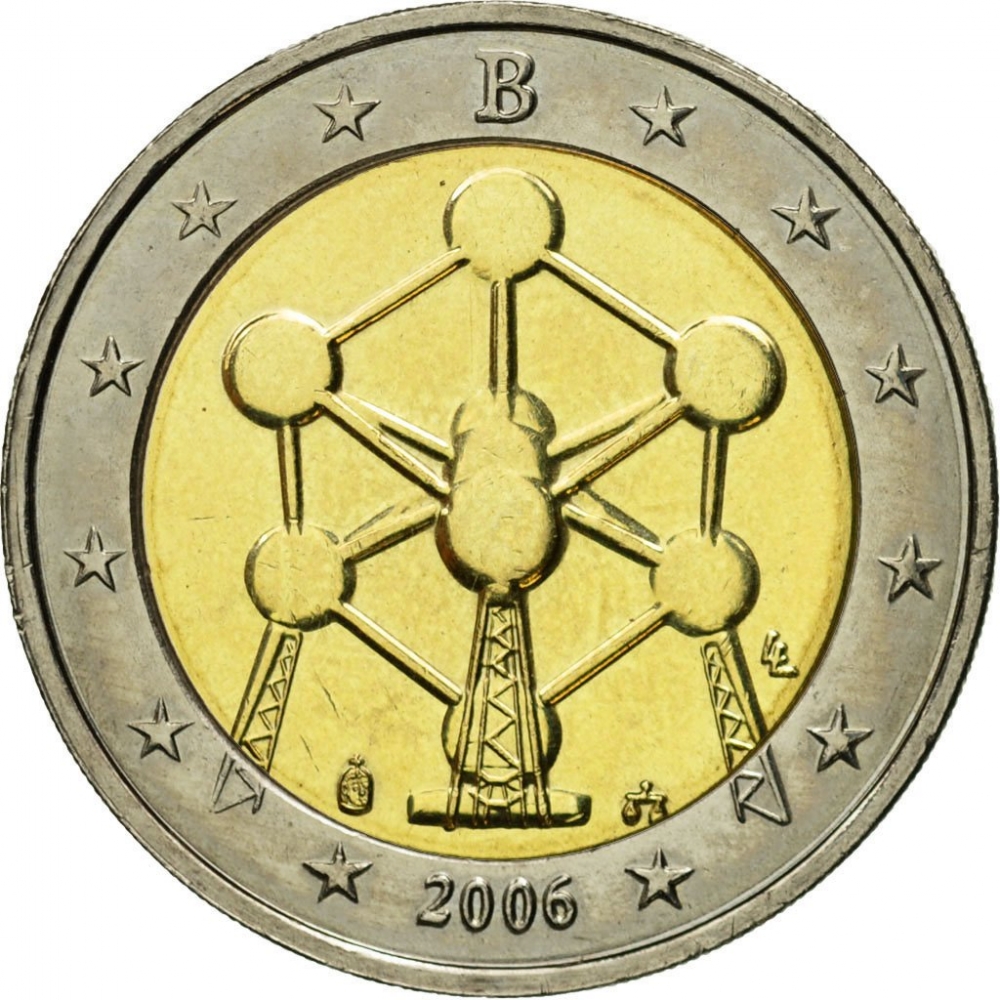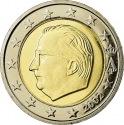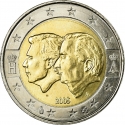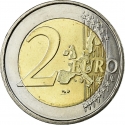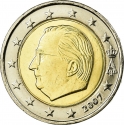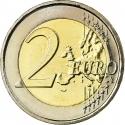You are about to finish your registration. Please check your mailbox (including spam folder). There should be a letter with a confirmation link. Check setting to make sure that your e-mail address is correct.
Send letter againDescription
The Atomium is a building in Brussels originally constructed for Expo 58, the 1958 Brussels World's Fair. Designed by the engineer André Waterkeyn and architects André and Jean Polak, it stands 102 m (335 ft) tall. Its nine 18 m (60 ft) diameter stainless steel clad spheres are connected so that the whole forms the shape of a unit cell of an iron crystal magnified 165 billion times. It is now a museum.
Tubes of 3 m (10 ft) diameter connect the spheres along the 12 edges of the cube and all eight vertices to the centre. They enclose stairs, escalators and a lift (in the central, vertical tube) to allow access to the five habitable spheres which contain exhibit halls and other public spaces. The top sphere includes a restaurant which has a panoramic view of Brussels. CNN named it Europe's most bizarre building.
Renovation of the Atomium began in March 2004; it was closed to the public in October, and remained closed until 18 February 2007. The renovations included replacing the faded aluminium sheets on the spheres with stainless steel. To help pay for renovations, the old aluminium was sold to the public as souvenirs. A triangular piece about 2 metres (7 ft) long sold for €1,000.
Three of the four top spheres lack vertical support and hence are not open to the public for safety reasons, although the sphere at the pinnacle is open to the public. The original design called for no supports; the structure was simply to rest on the spheres. Wind tunnel tests proved that the structure would have toppled in an 80 km/h wind (140 km/h winds have been recorded in Belgium). Support columns were added to achieve enough resistance against overturning.
Obverse

|
Depicts the Atomium in the centre part, with the mint and privy marks to the lower right and left of it. The engraver's initials (LL) are to the upper left. The letter B for Belgium is written at the top of the outer ring, and the year mark at the bottom. The twelve stars of the European Union are positioned between the year mark and the inscription at the top, in two groups of six stars each. B |
|---|---|
Reverse

|
A geographical map of Western Europe spans the outer ring and inner core on the right side of the coin. The inscription 2 EURO is superimposed over the map of Europe, with the numeral “2” located in an open field representing the eastern Atlantic Ocean. 2 EURO |
| Edge |
The sequence "2 ★ ★" repeated six times alternately upright and inverted 2 ★ ★ 2 ★ ★ 2 ★ ★ 2 ★ ★ 2 ★ ★ 2 ★ ★ |
Swap now (1 offer)
Characteristics
| Type | Commemorative Issue (Circulating) |
| Material | Bi-Metallic |
| Ring | Cupronickel |
| Center | Nickel Brass |
| Weight | 8.5 g |
| Diameter | 25.75 mm |
| Thickness | 2.2 mm |
| Shape |
|
| Alignment | Medal |
| Mint |
Brussels Mint
|
